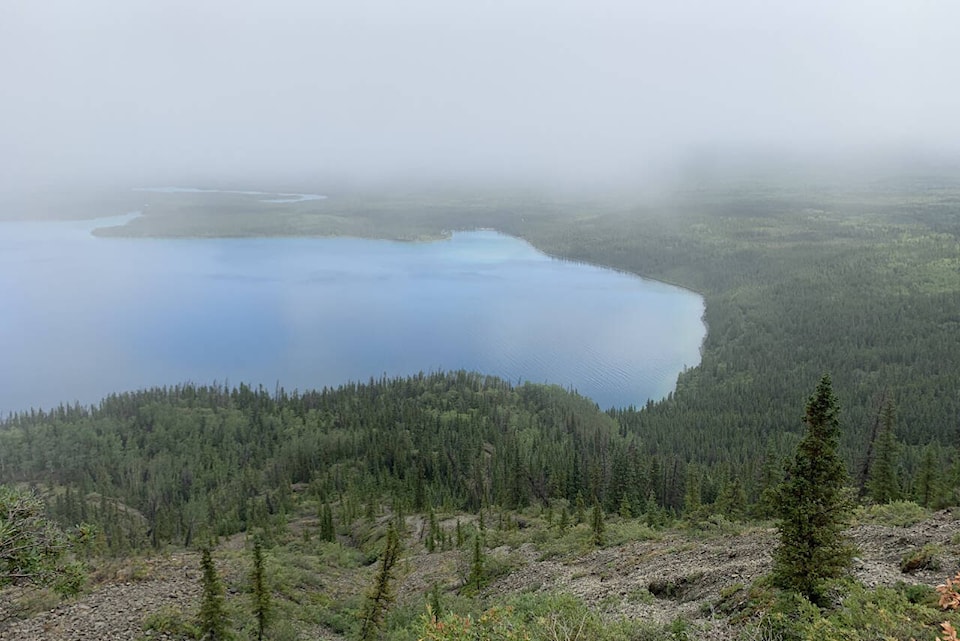The federal government is putting forward $2.5 million over the next five years to help restore forest ecosystems in Kluane National Park.
The funding was announced on Oct. 18. It will go towards projects in partnership with Champagne and Aishihik First Nations, Kluane First Nation and Parks Canada. The joint works are being called Dákeyi ukaanathį̀ jè: All of you watch over our country with your heart — Restoring forest ecosystems in Kluane National Park and Reserve.
According to a Government of Canada notice about the funding, a portion of the project is research into the history of fire, both human-caused and natural, in the park.
“Fire is a necessary, natural process for rejuvenating and creating ecosystem diversity. A fire deficit and a degraded forest ecosystem exist on the Kluane National Park and Reserve landscape, creating imbalances in the ecology of the park and an increased risk of wildfire. Research with First Nation partners will support understanding of how they used fire on the land, while providing opportunity for First Nations staff and land guardians to reconnect with the more remote areas of their traditional territories.”
The announcement states that Parks Canada aims to restore fire to Kluane National Park by 2025 in a way that shares leadership with Champagne and Aishihik First Nations and Kluane First Nation.
Steve Smith, the chief of the Champagne and Aishihik First Nations, said the First Nations are pleased to participate in the collaborative approach.
“In the past, our ancestors used fire as a tool to help manage the land and wildlife, such as burning fields to renew growth and increase the gopher population. Fire has been absent in the park for more than a century, which has interrupted natural cycles. Targeted burning practices are one way we can practice Dän K’e (our traditional ways), help re-establish citizen connections in the park and encourage new forest growth,” he said.
Kluane First Nation Chief Bob Dickson offered a similar statement about the connection to the land that is fundamental to his people’s culture. He said they will bring the role of fire as a method of forest and habitat regeneration back to the region as a way of further connecting his people with their traditional lands.
“The Government of Canada is committed to increasing forest ecosystem resilience to climate change. We recognize the importance of collaborating with Indigenous Knowledge Holders to reflect cultural practices in fire management programs to support the restoration of natural and cultural landscapes,” Yukon MP Brendan Hanley said.
“Through this investment, Parks Canada and key First Nation partners will gain a better understanding of the history of wildfire in Kluane National Park and Reserve and undertake research on how strategic burning could be used for forest rejuvenation.”
Contact Jim Elliot at jim.elliot@yukon-news.com
